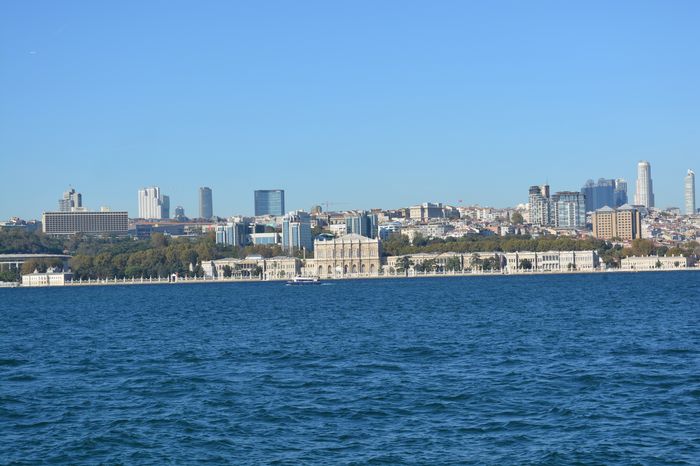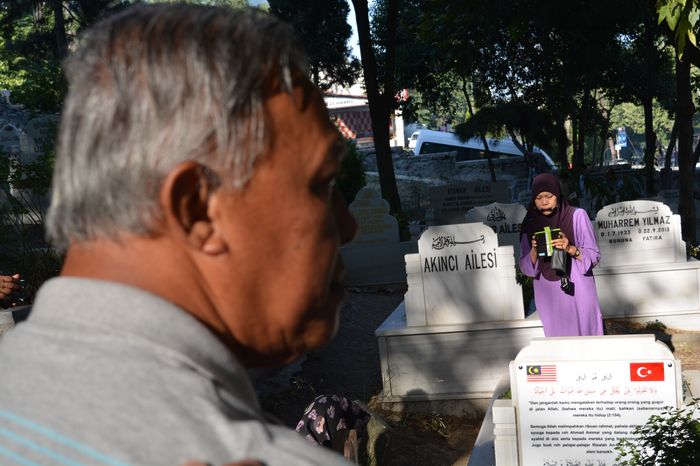How Muslims Count Time
The Muslim day is measured from sunset to sunset, not from midnight to midnight like in Western countries. Each day is divided into two parts of twelve hours each. In this system, sunset is always twelve o’clock, which means the time changes throughout the year as the days get longer or shorter.
Because of this unique way of keeping time, Turkish watches had to be reset at least every five days. The official time was set by a special clock located in the tower of a mosque in Istanbul (formerly called Stamboul). This system was quite different from the way most of the world kept time, making it necessary for people to constantly adjust their timepieces Ephesus Daily Tour.
The Story Behind the Crescent Symbol
The crescent moon, which became the famous symbol of the Turkish Empire, has a fascinating history. Sultan Osman, who founded the Ottoman Empire, adopted this symbol in 1299. However, the crescent’s significance goes back much further than that.
The Ancient Legend of Constantinople
According to legend, the crescent symbol dates back to 340 B.C., long before the Ottoman Empire existed. At that time, Constantinople was under attack by Philip of Macedon, a powerful Greek king. The city was in great danger and seemed likely to fall to the enemy forces.
Just when the situation looked hopeless, the famous Greek orator Demosthenes sent reinforcements to help defend the city. At the same time, the people of Constantinople saw a bright light in the sky that was shaped like a crescent moon. The inhabitants believed this celestial sign meant that rescue was coming to save them The Persian Religious Leader and the Sultan’s Generosity.
A Sacred Sign
The people interpreted the crescent-shaped light as a divine revelation, similar to the star in the east that guided the wise men to Jesus in Christian tradition. Because of this miraculous appearance during their time of greatest need, the crescent became a sacred symbol. When the Ottoman Turks later conquered Constantinople, they adopted this ancient symbol as their own.
The Sultan’s Unique Position
The current Sultan of Turkey holds one of the most interesting and complex positions among all the world’s rulers. He is fascinating both for who he is as a person and for what his position represents in the world. His power extends far beyond just being a political leader.
Dual Authority Political and Religious
The Sultan serves as an emperor ruling over a diverse and sometimes rebellious people. At the same time, he holds spiritual authority over one of the world’s most passionate and largest religious communities. This combination of political and religious power makes his position unlike any other ruler in the world.
Leader of 200 Million Muslims
As the religious successor of the Prophet Mohammed, the Sultan serves as the head of the Muslim Church, which includes about 200 million believers around the world. According to Islamic tradition, he is also considered a descendant of the house of Ishmael, who was the son of Abraham in biblical history.
Divine Blessings and Responsibilities
Muslims believe that through his position, the Sultan receives and enjoys the special blessings that God promised to Hagar, who was the mother of Ishmael. This religious belief adds a spiritual dimension to his political power, making him not just a ruler but also a sacred figure to millions of faithful Muslims across the globe.
This unique combination of earthly and spiritual authority makes the Sultan’s position both powerful and challenging, as he must balance the needs of governing a vast empire with the spiritual expectations of hundreds of millions of religious followers.







